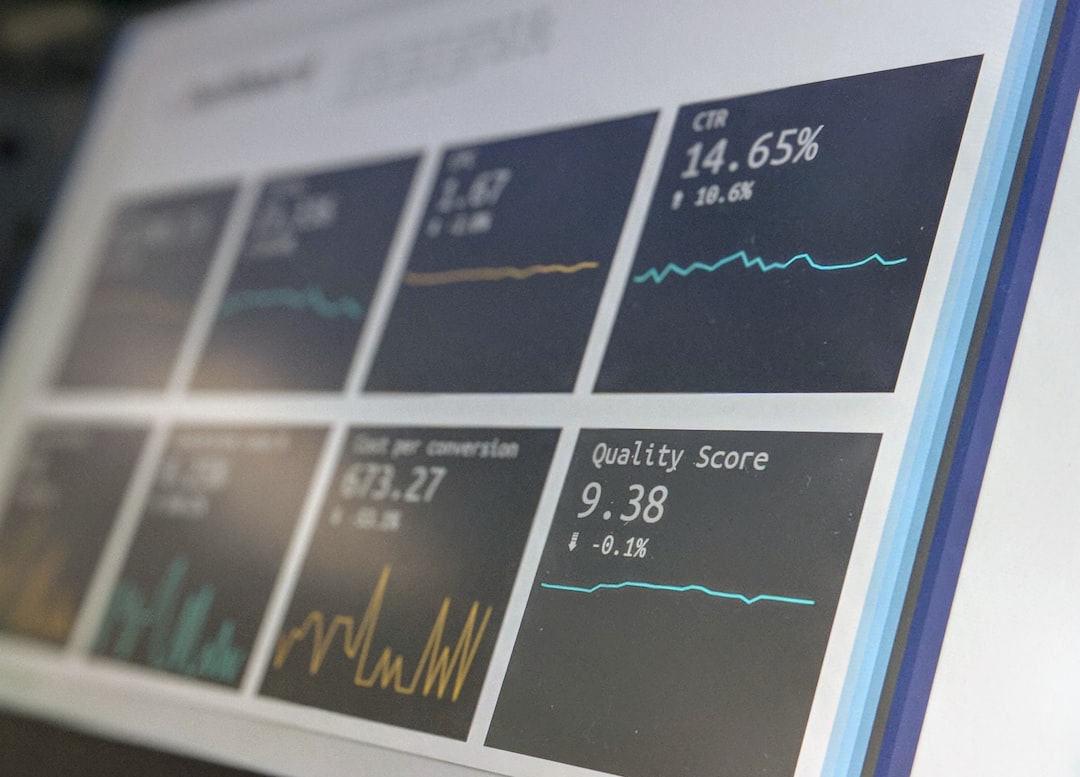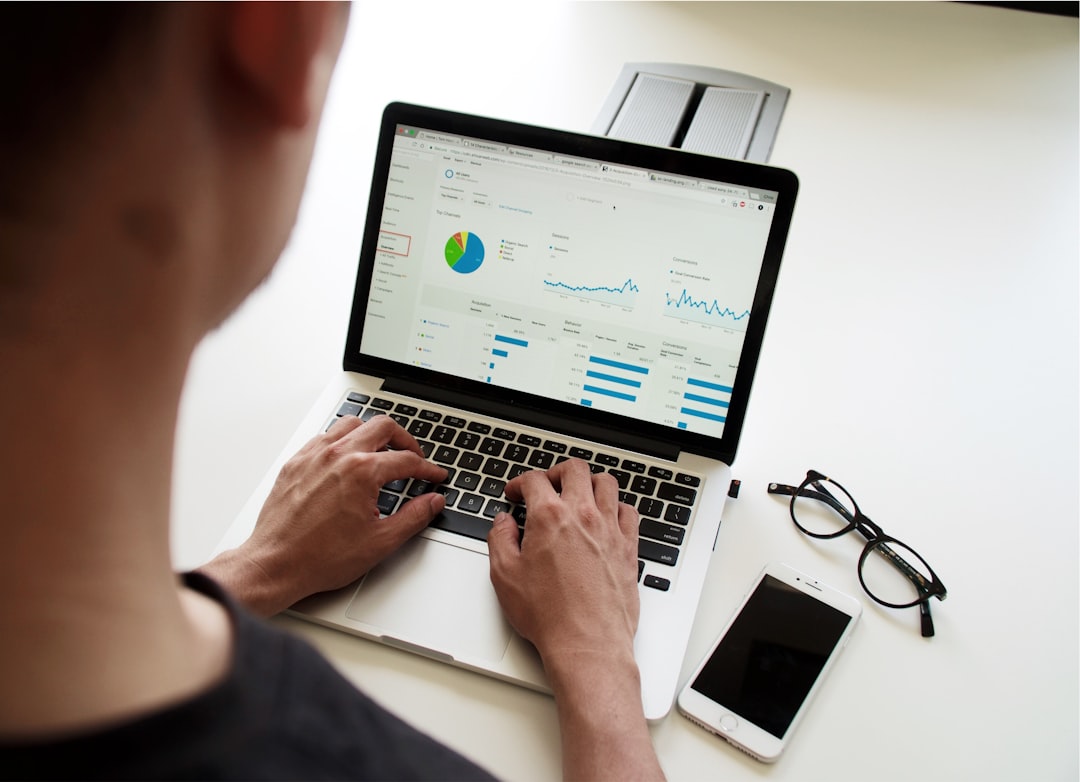
Top Free Economic Data Sources for Researchers
# Introduction. In the world of research, access to accurate and timely economic data is crucial. Economic data can help inform policy decisions, academic analyses, and business strategies. However, acquiring high-quality data can often come at a high cost, which can be prohibitive for researchers operating on limited budgets. Fortunately, there are several free economic data sources available that can provide valuable insights without straining finances. This article aims to identify the top free economic data sources for researchers, complete with their unique features and applications. # 1. Federal Reserve Economic Data (FRED). The Federal Reserve Bank of St. Louis hosts FRED, an extensive database that features more than 700,000 US and international economic time series data. This resource is particularly useful for researchers interested in macroeconomic indicators such as inflation rates, unemployment figures, and GDP growth. FRED’s user-friendly interface allows users to create custom graphs and download data in multiple formats, making it easy to analyze and visualize economic trends. # 2. World Bank Open Data. The World Bank offers an open data initiative that provides free access to a wealth of data about development indicators and global economic trends. Covering over 190 countries, this resource is a goldmine for researchers interested in areas like poverty reduction, sustainable development, and economic growth. Users can filter data by country, indicator, or topic, making it highly versatile and user-friendly. Additionally, the World Bank's data is regularly updated to reflect the most current statistics. # 3. Organisation for Economic Co-operation and Development (OECD). OECD provides a comprehensive collection of economic statistics on member countries. Their data covers a wide range of economic aspects, including government finance, international trade, labor markets, and productivity. The OECD’s database is useful for researchers conducting comparative studies across nations or studying economic performance in relation to policy changes. Their statistical packages are easily accessible and come with insightful visualizations that help contextualize the data. # 4. U.S. Bureau of Economic Analysis (BEA). The U.S. BEA provides various economic data essential for understanding the U.S. economy's status and future trajectory. Researchers can find data on gross domestic product (GDP), trade, and personal income. Additionally, the BEA offers regional economic data which can be particularly valuable for academic and local community research. Using the BEA's interactive tools, researchers can create custom datasets aligned with their specific inquiries. # 5. International Monetary Fund (IMF) Data Portal. The IMF Data Portal offers a user-friendly access point to a wide array of global economic and financial data. Key datasets include world economic outlook reports, balance of payments statistics, and international financial statistics. The IMF also provides tools to visualize data, fostering better understanding among researchers who may not have advanced analytical skills. The wealth of information available makes it easier for researchers to analyze global economic patterns and trends. # 6. Bureau of Labor Statistics (BLS). The BLS provides comprehensive labor market data within the U.S., covering employment, unemployment, wages, and inflation metrics such as the Consumer Price Index (CPI). This data is crucial for researchers focusing on labor economics or analyzing the effects of economic policy on employment trends. The BLS also offers analytical tools and widgets to facilitate easier data manipulation and sharing, which is especially helpful for new researchers. # 7. Eurostat. For those focused on European economic data, Eurostat is an invaluable resource. This statistical office of the European Union provides a wealth of data concerning various aspects of the economy, including demographics, agricultural statistics, and environmental data. Researchers can access harmonized data from all EU member states, making it easier to conduct cross-country comparisons in economic studies. # Conclusion. In conclusion, access to quality economic data is critical for researchers in various fields, including academia, business, and public policy. The free economic data sources mentioned in this article provide rich information that supports thorough analyses and informed decision-making, without incurring any costs. By utilizing these resources effectively, researchers can enhance their work, contribute meaningful findings to the academic community, and drive data-informed policy changes globally. .







